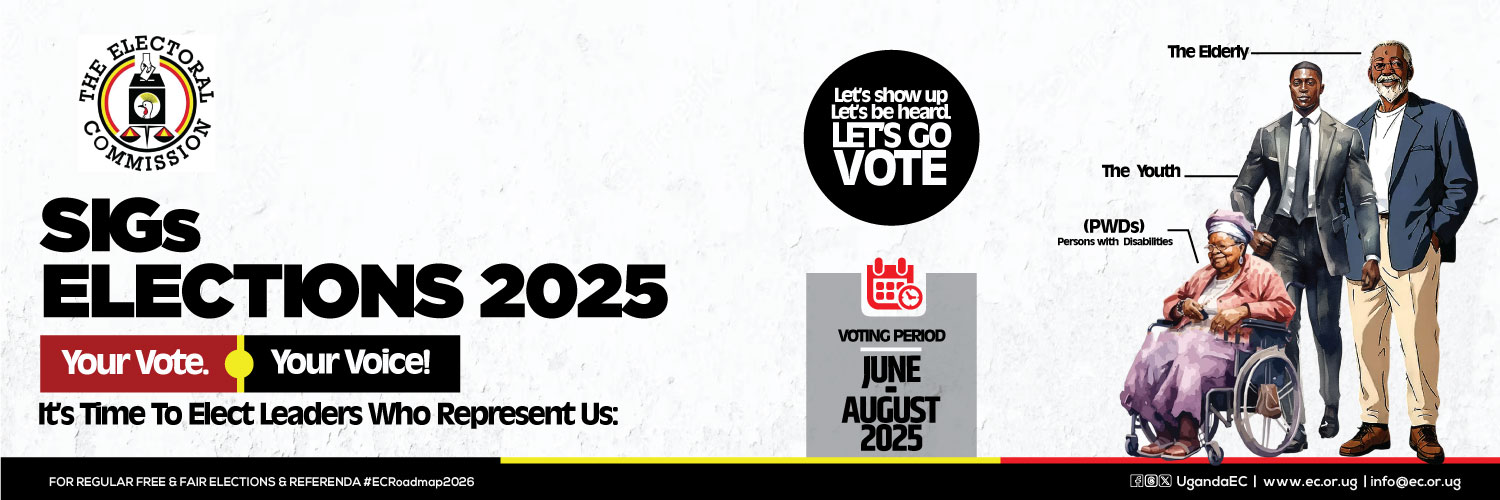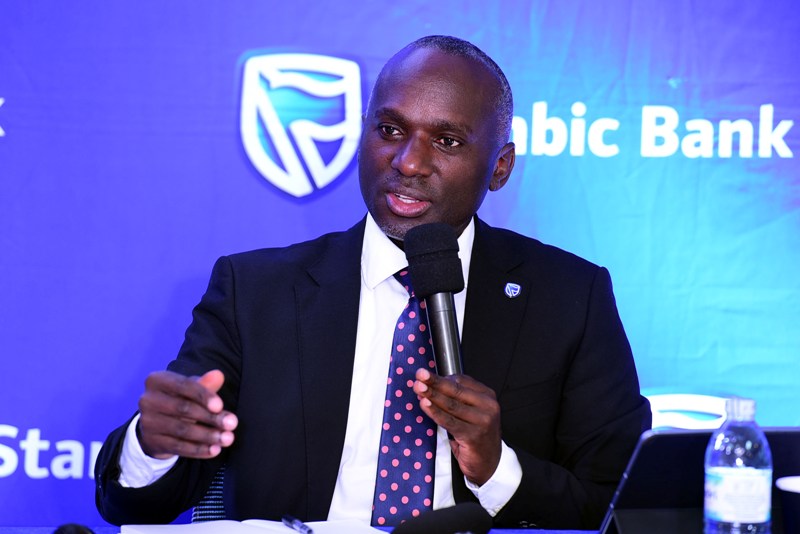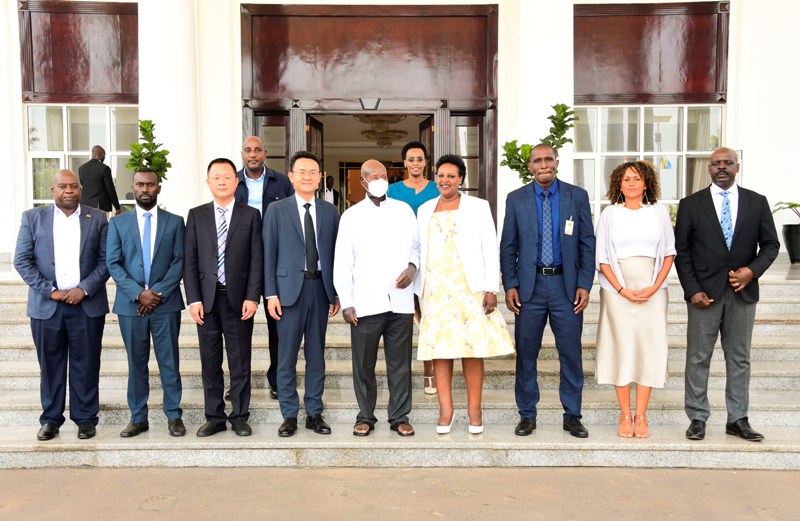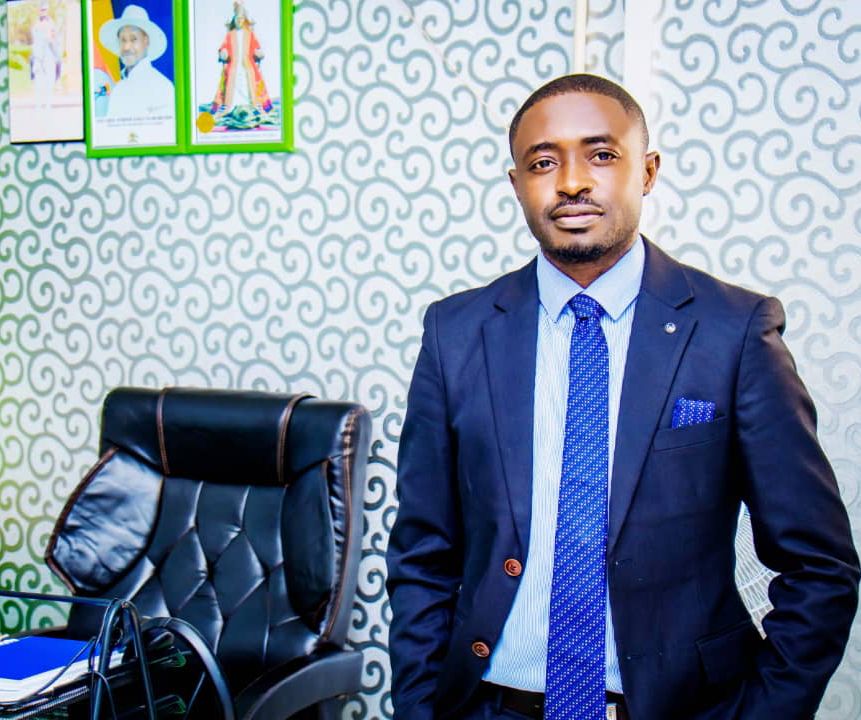Dr. Ssemugenyi pitches bold economic framework to turn Balaalo-Acholi conflict into national unity
Amidst heightened tensions and recent presidential directives for Balaalo to vacate Acholiland, Dr. Ssemugenyi's "Harmonious Coexistence Framework" proposes a radical shift from eviction to integration, emphasizing mutual benefit, structured development, and respect for constitutional land rights.

Dr. Dennis Daniel Ssemugenyi has unveiled a comprehensive and innovative framework aimed at transforming the escalating land dispute between Balaalo cattle keepers and Acholi landowners into an unprecedented opportunity for national unity and economic prosperity.
Amidst heightened tensions and recent presidential directives for Balaalo to vacate Acholiland, Dr. Ssemugenyi’s “Harmonious Coexistence Framework” proposes a radical shift from eviction to integration, emphasizing mutual benefit, structured development, and respect for constitutional land rights.
The continued influx of Balaalo communities, primarily from Western Uganda, into the Acholi sub-region has sparked widespread concerns over land tenure, crop destruction, water source clashes, and the potential for ethnic conflict. Previous attempts at resolution, including presidential directives for their departure, have largely exacerbated tensions and risked broader divisions.
Dr. Ssemugenyi insists that the issue, if handled strategically, can be a “national test” for how Ugandans treat each other. “We are at a crossroads. What could erupt into an ethnic crisis must instead be transformed into a model of peaceful coexistence and economic innovation,” he stated in his address. He envisions a future where “Acholi landowners are not victims, but partners. Where Balaalo herders are not invaders, but contributors. Where grazing becomes growth.”
At the heart of the proposed framework are innovative economic models designed to generate direct revenue for the Acholi community. Dr. Ssemugenyi suggests an annual contribution of UGX 10,000 to UGX 50,000 per head of cattle. Furthermore, a 1-2% levy on all Balaalo sales of milk, beef, or hides within Acholiland would be channeled directly into Acholi SACCOs (Savings and Credit Cooperative Organizations), bypassing central government and ensuring local community benefit through funding initiatives like youth enterprise, women’s co-ops, and agro-initiatives.
The plan advocates for the establishment of a “Balaalo-Acholi Coexistence and Investment Commission (BACIC)” to oversee the voluntary leasing of idle customary land. Crucially, land ownership would remain with Acholi families, with lease fees contributing to local services. The framework also pushes for the registration and certification of Balaalo settlers and their herds, promoting agro-pastoral integration through practices like rotational grazing and fodder production zones, and encouraging joint ventures between the communities.
To ensure secure and harmonious integration, the framework includes legal and security safeguards such as dedicated legal tribunals to manage land disputes and protection of communal land from illegal sales. Social integration efforts, including youth fellowships, cultural exchanges, and local language orientation for Balaalo settlers, along with peace education campaigns, are also highlighted as vital components.
For the Acholi people, the framework promises significant benefits, including new revenue streams from land leases and livestock contributions, access to veterinary services and modern animal husbandry techniques, and employment opportunities from the burgeoning cattle economy. For the Balaalo, it offers formalized settlement, security, and the opportunity to contribute constructively and legally to the regional economy.
“This is justice with vision. It is compensation with dignity. It is peace with profit,” Dr. Ssemugenyi declared. “Let the land be leased, not lost. Let the herds be registered, not hunted. Let the people build, not burn. And let us say with one voice — this is not a northern problem, it is a Ugandan solution waiting to shine.”
Dr. Ssemugenyi concluded by emphasizing that his model seeks to turn “conflict into capital, fear into friendship, and cattle into catalysts of shared development,” positioning Uganda as a regional pioneer in pastoral integration and climate-smart land use.







